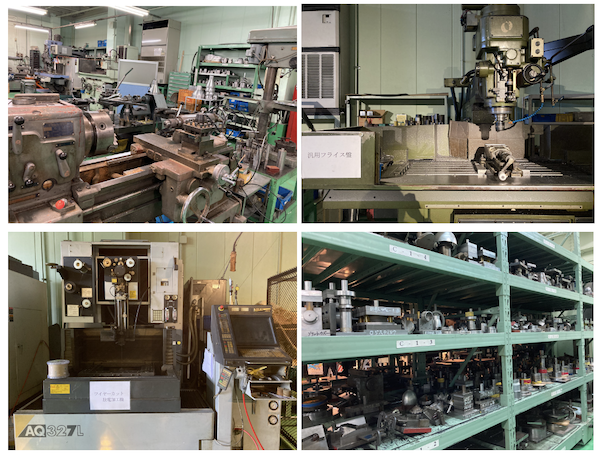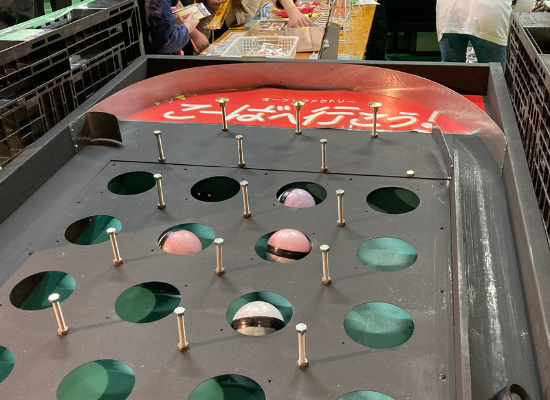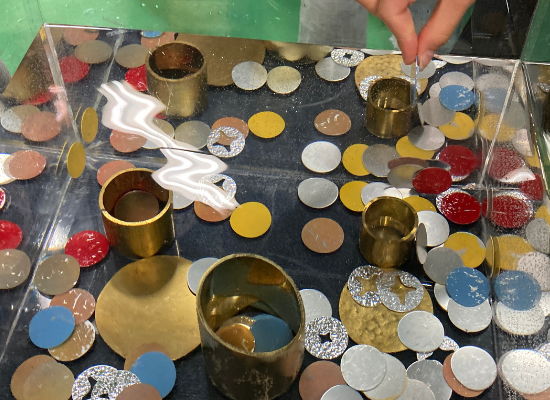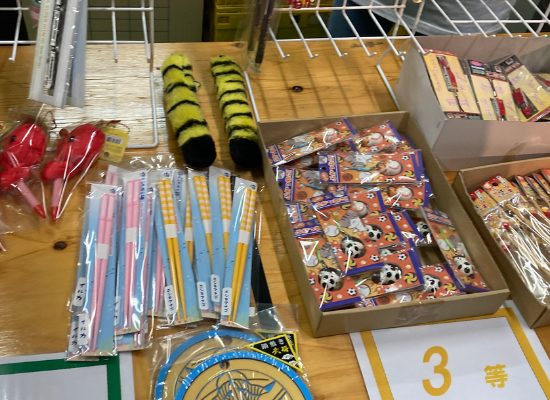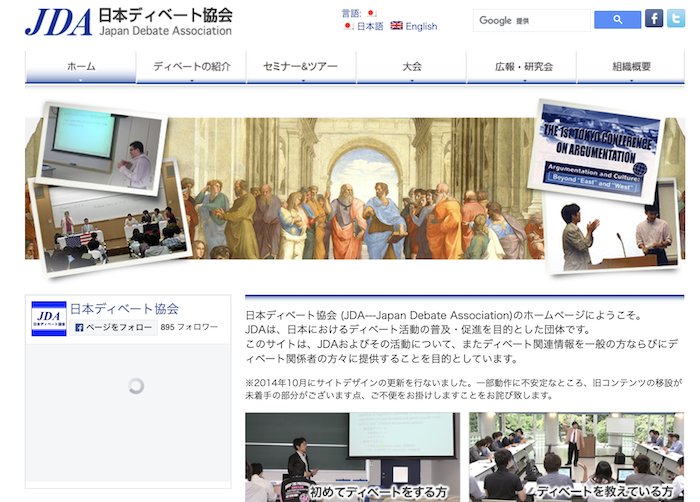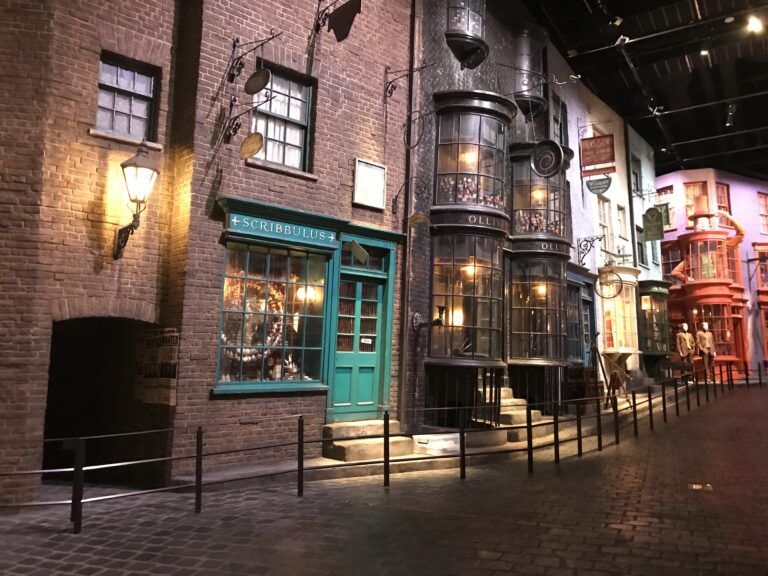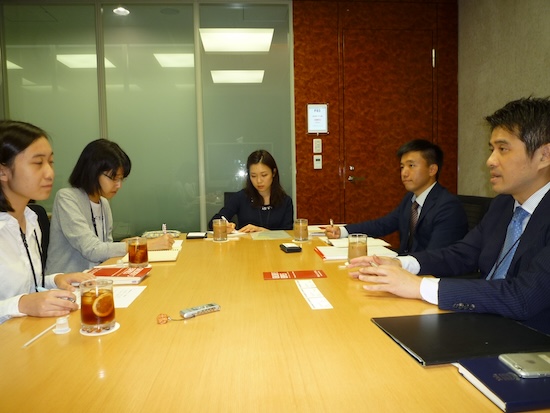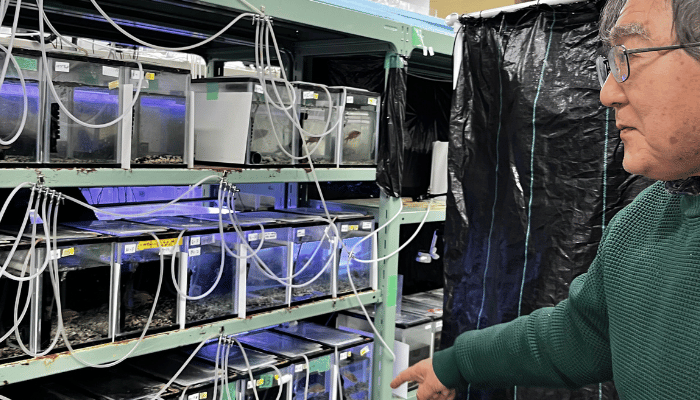Haruka Inami (10)
Have you ever seen inside a factory? Do you know what kinds of secrets factories have? An event called “Open Factory: Let’s Go to the Factory!” in East Osaka will help you answer the questions you have about factories. I had the opportunity to participate in this event, and it was an eye-opening experience. Here, I share my experience of what I discovered during my visit.
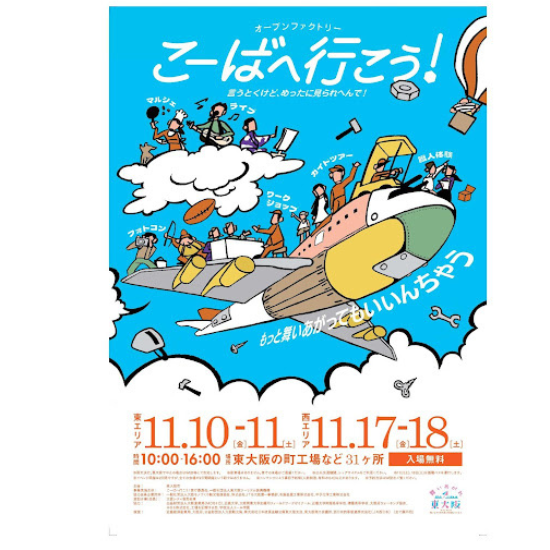
「こーばへ行こう!」
What is this event?
This event is called ‘Open factory, Let’s go to the factory!’ It allows many children and adults including the citizens of East Osaka, who were previously unaware of what was happening inside the factories, to actually go inside and understand the processes involved. For example, some factories create parts for rockets, others produce cardboard boxes, and some manufacture parts for electronic goods. It’s hard to realize, but many of those factories make parts that are vital for us to lead our normal, convenient lives every day. Visiting a real factory is a rare experience.
The event has been held annually since 2018, and this year marks its fifth year. In addition to tour observing the operations of factories, the event also includes workshops and photo contests to make the day enjoyable for many children and to ensure that the experience stays in their memories as much as possible. More people and factories are joining the event each year, and this year 31 factories participated.
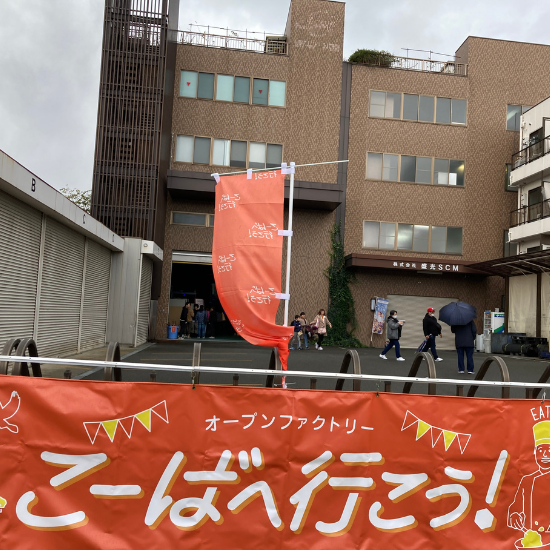
Visiting a Factory: My Personal Experience
When I visited the Seiko SCM factory as part of the event, I encountered numerous unusual and large machines. The staff led a guided tour, providing detailed explanations about these machines, which were located throughout the facility. They operated with a symphony of beeps and whirrs, as their robotic arms moved smoothly over metal plates.
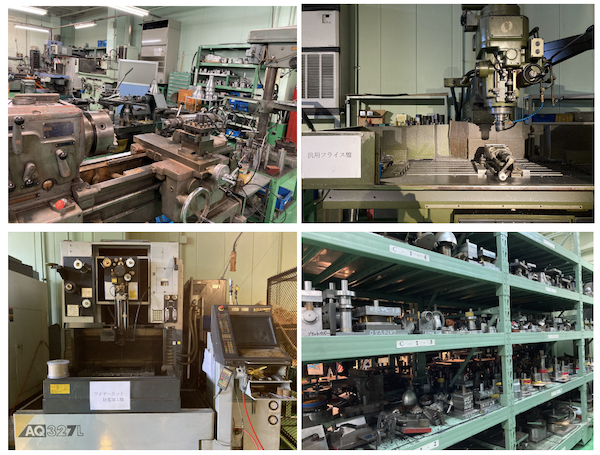
I first saw a press machine being used to create parts for lighting fixtures. This process involves sliding a thin sheet of metal under the presser. Then, the workers step on a button to activate the machine. It punches a hole in the sheet of metal, and the punched-out piece is then used in making electronic goods. According to the staff, these press machines can be very dangerous. If workers accidentally put their hands under the presser, they could suffer severe injuries from the extreme force. The risk of fatal injuries is significant. To prevent such accidents, there are two sensors on the right and left sides of the machine. If a worker’s hand is detected under the presser, the sensor emits a beep to alert them and stops the machine, preventing the presser from descending.
Further Discoveries:
My attention was drawn to another machine at Seiko SCM, which carved out particles from a thin metal plate. (Refer to the video and picture below.) These particles were also utilized in the manufacture of lighting fixtures.
Diverse Manufacturing Processes:
In another section of Seiko SCM, I found molds used for creating a variety of products. (See the picture below for reference.) The process involves melting metal and pouring it into these molds, a method used in the manufacturing of many everyday items. According to the staff, Seiko SCM is among the companies that specialize in producing these casting molds.
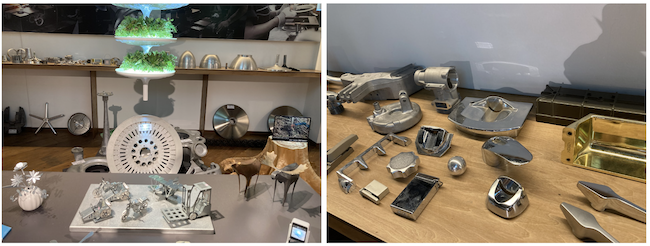
Hands-on Experience:
In the event, I joined a workshop held by a company called Santo Manufacturing Model Corporation. In the workshop, I made a pinball game by putting and screwing together lots of parts. It took a long time, but it was also very fun. After I finished making it, I was able to play the game with my friends.
Interactive Activities:
There was also a stamp rally. If participants visited two workshops or factories, they could play pinball and a coin toss game. If they managed to score all the marbles in the big pinball game, they could win a prize. Similarly, in the coin toss game, scoring even a single coin would also earn them a prize. There were many prizes, ranging from first to fourth place.
Exploring Matsuda Paper Factory:
Next, I visited a company called Matsuda Paper Factory, which specializes in paper crafts, primarily cardboard boxes. The objects in the pictures above are all made from cardboard. These cardboard beds, which were used in the evacuation shelters during the Great East Japan Earthquake, are not only cost-effective and easy to set up but also provide privacy protection for users.
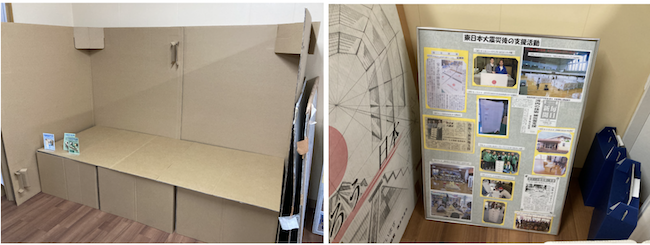
Creative Workshop:
I participated in a free workshop where we made nameplates out of cardboard. During the workshop, the staff showed us how a machine carved out the word “HARUKA” in alphabet letters from cardboard. Watching these machines tirelessly create detailed words and colors from cardboard was absolutely fascinating to me.
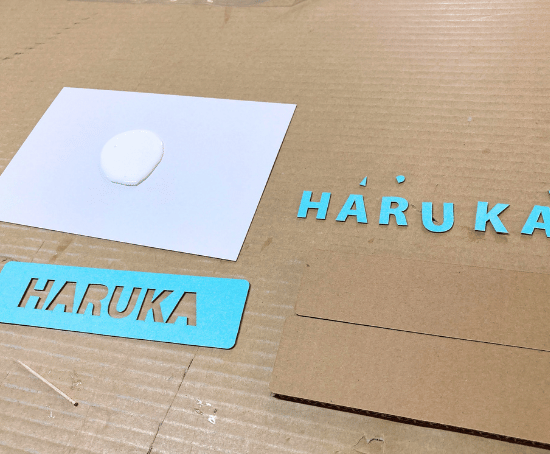
Community Engagement:
There were also little shops where participants could buy food. The shops were there because the neighbors supported the event. Anyone who was bored or tired from looking at machines could go to the shops where they could eat and drink, those shops are good resting places for them.

Reporter’s Note: The event was very interesting and fun. Most people might imagine factories as boring buildings with machines doing something. However, by attending the event and visiting various types of factories, our image can change. We will be able to clearly understand what the machines are actually doing, how important this is, and gain much more information that completely changes our image of what a factory is. In my opinion, the event will be of great help to many children who want to enjoy and know what’s going on inside the factories.
Meet the reporter: I love going to USJ. I especially love the Halloween Horror Nights that were held in USJ this year in October. This year, they used a song named “Show”. The zombies dance in time with the song while at the same time trying to scare the onlookers. It’s very fun.

